The Beauty of Imperfections: Discovering Flaws in Hand-Woven Silk Sarees
Hand-woven silk sarees are the epitome of elegance and tradition. Each piece is a labor of love, crafted meticulously by skilled artisans who spend countless hours bringing intricate designs to life. Despite the exceptional craftsmanship, these sarees often come with slight imperfections that add to their unique charm. Understanding these imperfections not only helps in appreciating the art form but also aids in making informed purchase decisions. Let's delve into the world of hand-woven silk sarees and explore the common imperfections found in these beautiful creations.
1. Variations in Color and Dye
The Nature of Hand Dyeing
Hand-woven silk sarees are typically dyed using traditional methods, which can result in slight variations in color. Unlike machine-dyed fabrics, where the color is uniform, hand-dyed sarees may show gradations or unevenness. These variations are not flaws but a testament to the artisanal process, making each saree one-of-a-kind.
Identifying Color Variations
When examining a hand-woven silk saree, look closely at the color consistency. You might notice slight differences in shade, especially in larger areas of the same color. These are often more pronounced in lighter shades and can be observed under different lighting conditions.
2. Irregularities in Weave
The Human Touch in Weaving
The beauty of hand-woven sarees lies in their human touch. Each thread is meticulously placed, but the manual process can lead to minor irregularities in the weave. These imperfections are indicators of the saree being hand-made, distinguishing it from machine-made counterparts.
Common Weaving Irregularities
Look for slight variations in the tightness or pattern of the weave. These can manifest as small bumps, unevenness, or slight shifts in design alignment. Such irregularities are often found in the intricate borders or pallu (the decorated end of the saree).
3. Presence of Slubs and Knots
What Are Slubs?
Slubs are small lumps or imperfections in the silk yarn. They occur naturally during the spinning process and are more common in hand-spun silk. These tiny imperfections can add texture and character to the saree.
Identifying Slubs and Knots
When you run your hand over the fabric, you might feel small bumps or see tiny knots. These are slubs or the result of joining broken threads during the weaving process. They are more noticeable in plain weave areas and less so in densely patterned sections.
4. Inconsistencies in Design
The Art of Handloom Design
Creating intricate designs on a handloom is a complex task. It requires immense skill and patience. As a result, minor inconsistencies in design are not uncommon. These can include slight misalignments or variations in motif sizes.Spotting Design Inconsistencies
Examine the saree's motifs and patterns closely. You may find that some designs are not perfectly symmetrical or that the repetition of motifs has slight variations. These inconsistencies are often subtle and do not detract from the overall beauty of the saree.
5. Uneven Selvedge
Understanding Selvedge
The selvedge is the edge of the fabric that prevents it from unraveling. In hand-woven sarees, the selvedge can sometimes be uneven due to the manual handling of threads during weaving.
Checking the Selvedge
Inspect the edges of the saree. An uneven selvedge may have slight waviness or variations in width. This is a natural outcome of the hand-weaving process and does not affect the saree's durability or wearability.
6. Thread Pulls and Snags
Causes of Thread Pulls
Thread pulls or snags can occur during the weaving process or handling of the saree. These are small loops or pulled threads that stick out from the fabric surface.
Identifying Thread Pulls
Gently run your hand over the saree to feel for any raised threads. Visible loops or pulled threads can be considered minor flaws but can often be corrected or made less noticeable by a skilled weaver.
7. Differences in Fabric Texture
The Impact of Handloom Techniques
Different weaving techniques and the use of various silk types can result in texture variations within the same saree. These differences can be subtle or pronounced, depending on the yarn quality and weaving style.
Feeling the Texture
Feel the saree's fabric across different sections. You might notice changes in smoothness or density. These texture variations are a hallmark of handloom sarees and contribute to their unique tactile experience.
Appreciating the Imperfections
Hand-woven silk sarees are more than just garments; they are pieces of art that reflect the rich cultural heritage and skilled craftsmanship of their makers. The imperfections found in these sarees are not defects but rather marks of authenticity and individuality. Each flaw tells a story of the artisan's dedication and the intricate process behind creating these masterpieces.
Tips for Purchasing Hand-Woven Silk Sarees
To ensure you are buying an authentic hand-woven silk saree, keep the following tips in mind:- Research the Source: Purchase from reputable sellers known for their quality and authenticity.
- Ask for Details: Inquire about the weaving process, the origin of the silk, and the dyeing techniques used.
- Examine Closely: Look for the imperfections discussed above to confirm the saree's hand-woven nature.
- Consider Certification: Some handloom sarees come with a certificate of authenticity from recognized bodies.
Caring for Hand-Woven Silk Sarees
Proper care ensures that your hand-woven silk saree remains beautiful for years to come:- Gentle Washing: Hand wash with mild detergent or dry clean to maintain the fabric's luster.
- Avoid Direct Sunlight: Prolonged exposure to sunlight can fade the colors.
- Store Carefully: Fold neatly and store in a cool, dry place. Use muslin cloth to protect from dust and insects.
Conclusion
Hand-woven silk sarees, with all their imperfections, embody the essence of traditional craftsmanship and timeless beauty. Embracing these flaws enhances our appreciation for the artistry involved in creating each piece. Next time you drape a hand-woven silk saree, remember that its unique imperfections are a mark of its authenticity and the skilled hands that crafted it.
By understanding and valuing the imperfections in hand-woven silk sarees, we not only celebrate the artisans' expertise but also preserve an integral part of our cultural heritage. So, the next time you are in the market for a silk saree, look beyond the surface and cherish the beauty of its imperfections.

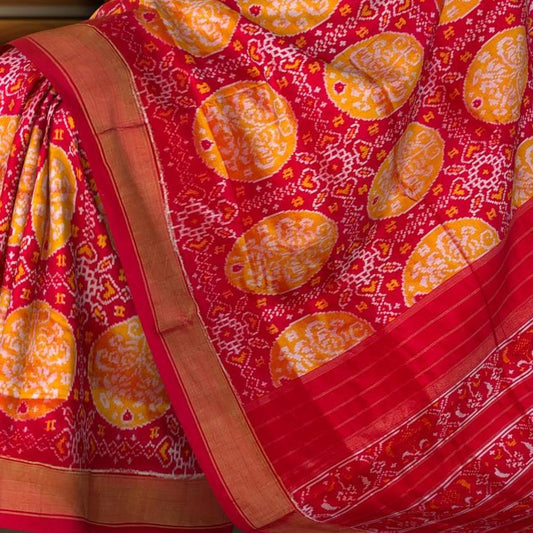
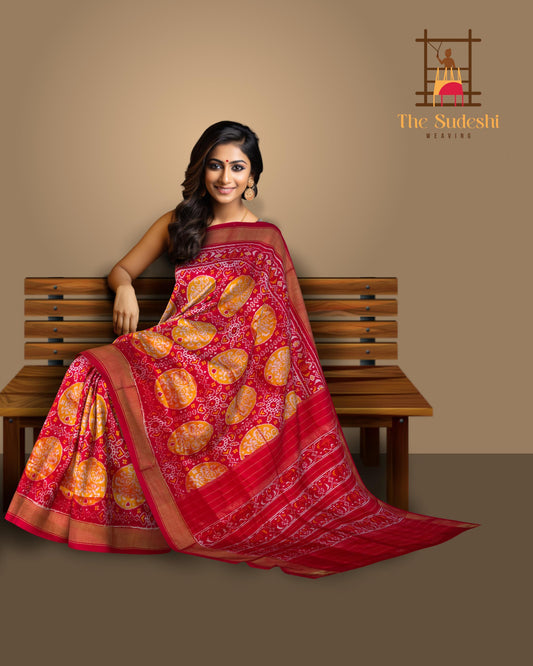
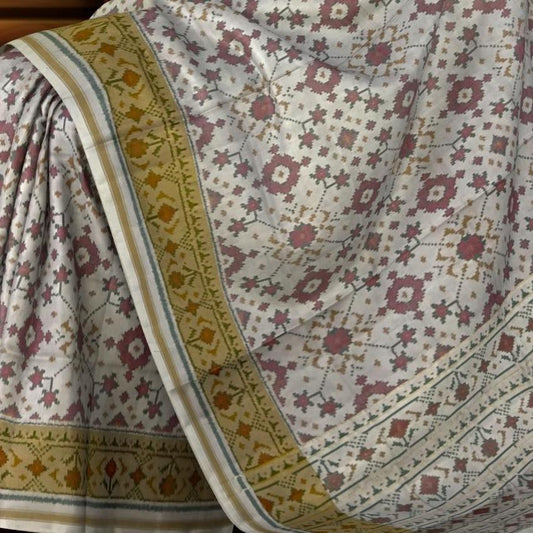
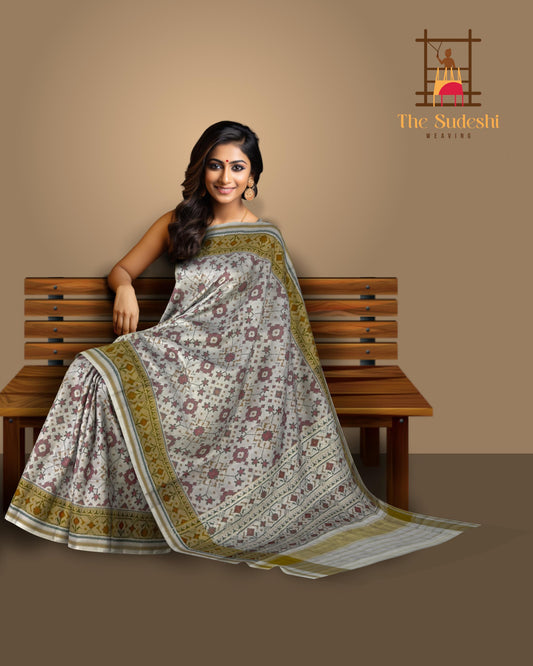
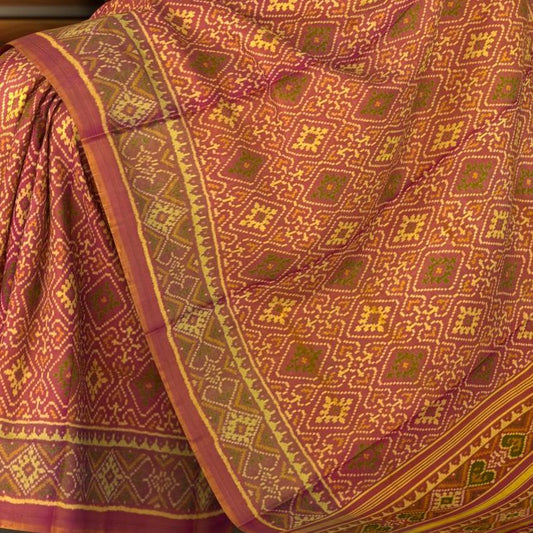
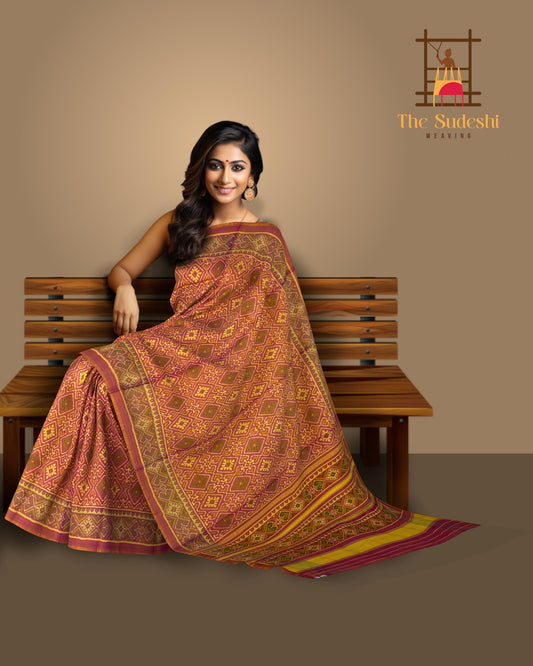
Leave a comment
Please note, comments need to be approved before they are published.